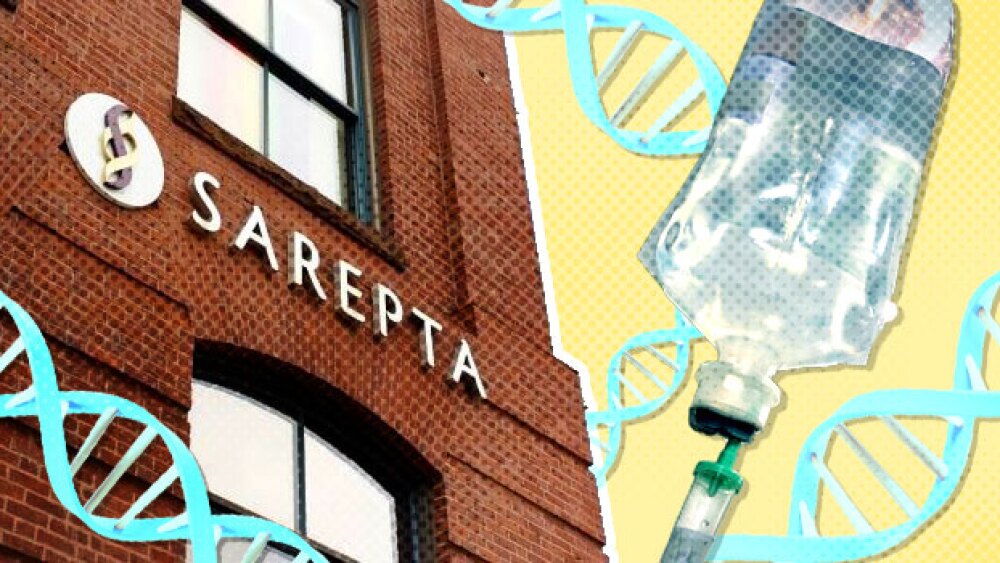That has happened with angioplasty, reports the December 2010 Harvard Heart Letter. This procedure uses a small wire tipped with a balloon to enlarge a narrowed artery. Although many people think of angioplasty as a cure for cholesterol-clogged arteries, it really isn't. It can ease angina, the chest pain brought on by physical activity or stress, but it doesn't fix the real source of the problem—the artery-clogging process known as atherosclerosis.
Angioplasty does not halt the spread of atherosclerosis or prevent the damage it causes. As a result, it doesn't reduce the chances of having a future heart attack or improve survival.
Many people don't know this, and doctors don't always take the time to drive home this point. That means angioplasty can create a false sense of security that you have taken care of the problem, when in reality atherosclerosis continues to corrode arteries in your heart and elsewhere.
A new study of men and women planning to undergo elective angioplasty showed that 60% didn't really need the procedure and would have been better off with intensive medical and lifestyle therapy, while a whopping 88% said they believed that the procedure would help protect them from having a heart attack down the road.
If you are having a heart attack or episode of unstable angina (chest pain at rest)—both of which are caused by a completely blocked artery—angioplasty is a terrific treatment. It removes the obstruction, allowing blood to once again reach all parts of the heart. Timely angioplasty can limit damage to the heart and can prevent a heart attack from turning into a deadly cardiac arrest.
During a heart attack, the huge benefit of angioplasty outweighs the risks. That isn't necessarily the case when angioplasty is performed to open a narrowed but functioning artery. Although most people sail through angioplasty without a problem, about five in every 100 people who undergo the procedure have a complication. These range from prolonged bleeding to kidney damage, an abnormal heart rhythm, or heart attack or stroke.
If you are having a heart attack, angioplasty is a marvelous procedure. But if you are having angina now and then, or have a narrowed coronary artery that isn't causing you any trouble at all, angioplasty adds little or nothing to intensive medical therapy and lifestyle changes.
Read the full-length article: “What can angioplasty do for you?”
Also in this issue:
- The best protein "packages" for the heart
- Who should be tested for an enlarged aorta?
- Alcohol: Moderation matters, especially with high blood pressure
- Snow shoveling and stents
The Harvard Heart Letter is available from Harvard Health Publications (www.health.harvard.edu), the publishing division of Harvard Medical School, for $28 per year. Subscribe at www.health.harvard.edu/heart or by calling 877-649-9457 (toll-free).
Media: Contact: Raquel Schott Raquel_Schott@hms.harvard.edu for a complimentary copy of the newsletter, or to receive our press releases directly.




